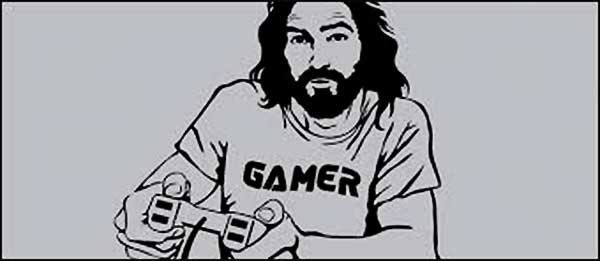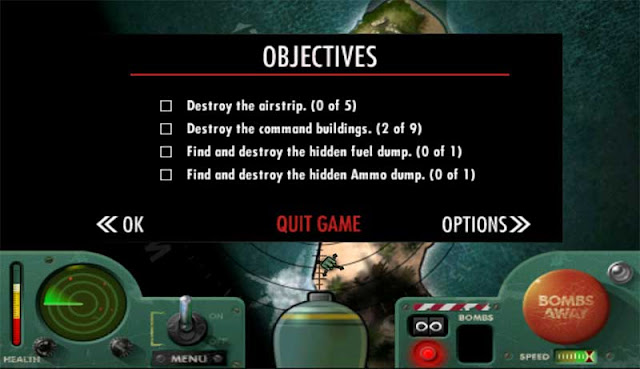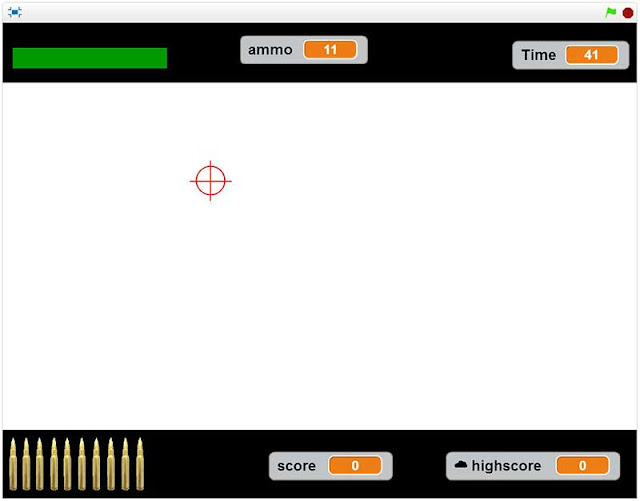This is the fifth and final section on how to design and create a 2D game. Before reading this article you should ideally have read the 2D Game Concept, 2D Game Structure, 2D Game Graphics & Audio and 2D Game Programming sections.
Quality Assurance (Q.A.) technicians, or testers, perform a vital role, testing, tuning, debugging, and suggesting the detailed refinements that ensure the quality and playability of the finished game. Their job involves play-testing the game in a systematic way, analysing the game's performance against the designer's intentions, identifying problems and suggesting improvements. They test for bugs in the software, from complete crashes to minor glitches in the programme. They also act as the game's first audience, reporting on its playability, and identifying any aspects which could be improved.
Testers work in teams, sometimes playing together on a multi-player game, and a team might 'own' part of a game. Testing involves playing a game over and over again, testing different levels and builds (incomplete 'development versions' of a game, sometimes with various features missing). The work can be repetitive and tedious, but Testers have to test long after the novelty and fun factor may have worn off.
So 2D game testing is effectively the equivalent of quality assurance for the game. There are two main types of game testing, 'in progress testing' and 'in situ testing'. 'In progress' testing should be conducted throughout the programming stage while the development of the game is still in progress. While 'in situ' testing should be conducted once the game is deemed to be complete and has been published in its final form, whether that be online, on CD or DVD for a console, as an app or on a mobile device.
You can also test out a world of games on the Scratch website and especially the OnlineDesignTeacher Scratch Channel. Once testing is complete upgrades to graphics or audio, repairs/changes to the programming code or even an overhaul of the general game structure may be necessary.
2D Game QA Testing
 |
| The life of a game tester is a lot more difficult than people think... |
Testers work in teams, sometimes playing together on a multi-player game, and a team might 'own' part of a game. Testing involves playing a game over and over again, testing different levels and builds (incomplete 'development versions' of a game, sometimes with various features missing). The work can be repetitive and tedious, but Testers have to test long after the novelty and fun factor may have worn off.
So 2D game testing is effectively the equivalent of quality assurance for the game. There are two main types of game testing, 'in progress testing' and 'in situ testing'. 'In progress' testing should be conducted throughout the programming stage while the development of the game is still in progress. While 'in situ' testing should be conducted once the game is deemed to be complete and has been published in its final form, whether that be online, on CD or DVD for a console, as an app or on a mobile device.
TIP: It is vital to keep notes while testing to ensure that an identified glitch or suggestion is not later overlooked or forgotten.Each type of testing will check a variety of different things as shown in the lists below...
'In Progress' Testing will check...
- Whether the style and size of game graphics are suitable
- That charcter costumes portray smooth movements
- Whether game audio and sound effects are suitable
- If Programmed actions are occurring as they should
- That in game controls are working correctly
- Any changes or updates in graphics or programming
'In Situ' Testing will check...
- If the game loads correctly on its selected platform
- That the game plays correctly from start to finish
- All possible game-play scenarios - this may be very tedious
- How long it takes to play the game
- What the re-playability level is
- The learning curve and overall game difficulty
- The quality of graphics and audio
- If there are glitches of any kind - are there any jumpy parts/missing elements etc.
- If the game is interesting or fun
Test Your Testing...
Test out your testing skills on the sample games below (which do have errors/glitches/areas for improvements). When your done write your results in a notepad and then remix the game yourself to improve or fix it based on your testing notes.You can also test out a world of games on the Scratch website and especially the OnlineDesignTeacher Scratch Channel. Once testing is complete upgrades to graphics or audio, repairs/changes to the programming code or even an overhaul of the general game structure may be necessary.






















